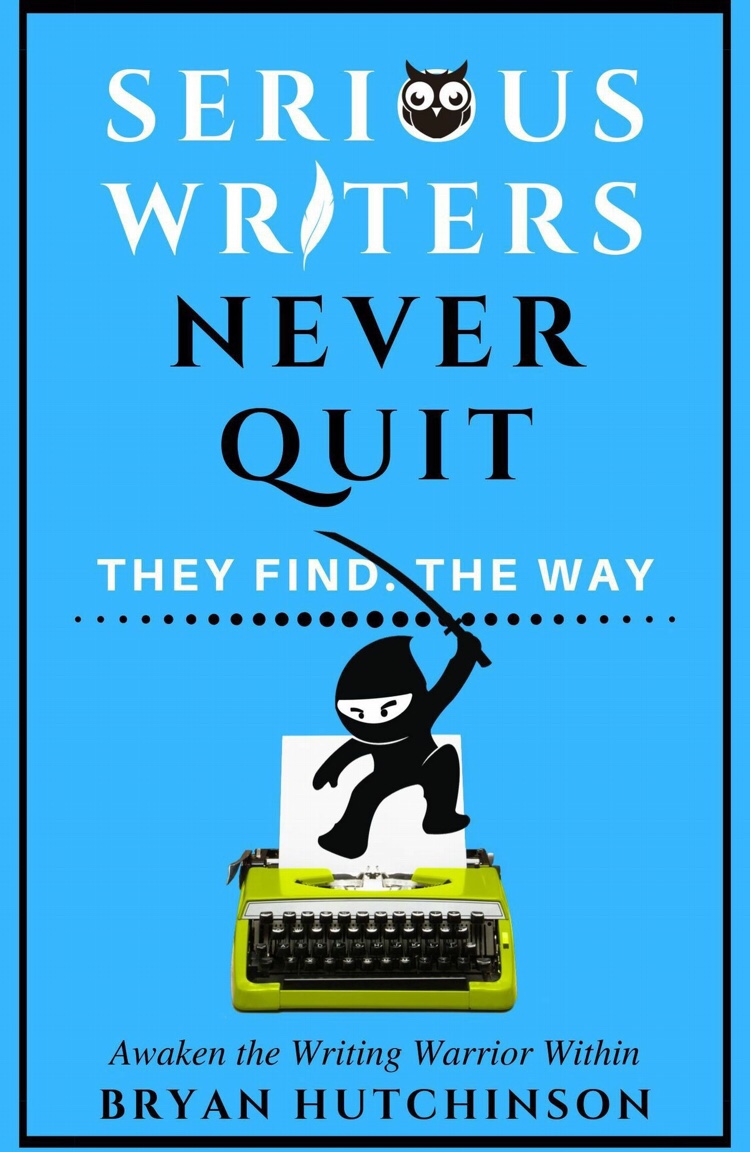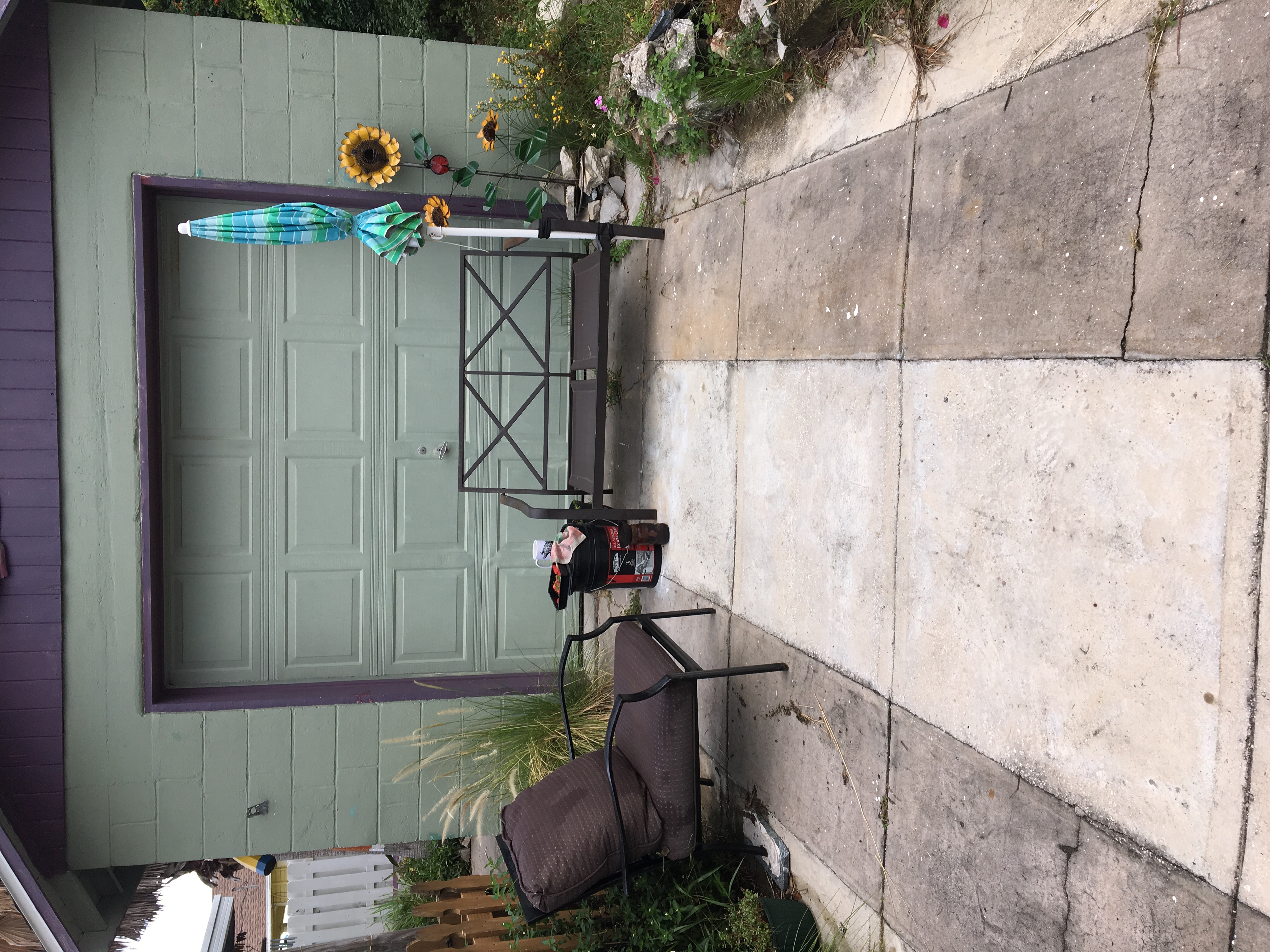One of my favorite mindfulness/spirituality bloggers, David at Raptitude, just posted his discovery of “How To Make Life More Pleasurable“:
“…there’s something to be gained in deliberately limiting our pleasures—not for any moral purpose, or to conserve money, health, or the environment—but simply because making our pleasures more occasional makes them more pleasurable.
“For example, we’d probably derive more pleasure from eating if most of our meals weren’t delicious. … When most meals are basic, the pleasure of simply eating has a chance to come through, and delicious meals—ones with prominent salt, fat, or sugar—become pleasurable in a way they can’t be when they’re the norm.”
This reminds me of the Japanese farmer and philosopher Masanobu Fukuoka’s wise observation in One Straw Revolution, to the effect that when you’re not focused on getting something “delicious” to eat, you can more fully enjoy the taste of whatever you’re eating.
Have you ever seen a kid get literally 20 or 50 presents for Christmas or birthday — only to reach for an empty cardboard box to play with? Or just sit there looking glazed and dazed?
Treats are great, but they’re only treats til they become commonplace. But I think there’s more to it than that. I think we are actually surrounded by treats 24-7, but some are more subtle than others. So if I’m constantly gorging on the flashy, sugary-fatty, clobber-you-over-the-head kind of treats, I miss the more subtle but equally delicious flavors of life all around me.
In my city we have a lot of “special events.” We have “special events” — often. (Think about that.) A typical description of a music festival around here is “140 bands on seven stages!” And that’s all on one street, all in one day! (This is every bit as exhausting as it sounds, at least to me.)
One day listening to piano music in church, I was struck by the thought that in some times, some cultures, this might have been the only music a person heard all week. Now, I’m a big fan of music, and love to be able to listen anytime I choose. But there would be something momentous and sacred about not getting to hear music at will. Having to seek it out, or wait for it. And having it be at natural volume, not amplified.
I think the intenser pleasures, what I might call “fatty sugary” pleasures, when they are packed too densely into my day, overshadow the equally rich but more subtle pleasures, the way that the spicy salty jolt of a fistful of XTreme Doritos, or the fatty cheesy richness of French onion soup, or the gooey sweetness of a brownie sundae, might overpower the quieter deliciousness of a glass of cool green tea, or the last juicy, tangy Surinam cherry left on the tree down the street. Or how a cable-TV show binge, if it becomes a way of life (as opposed to an occasional superfun treat with friends or family), might cause me to overlook a more subtle “show”: the tree-shadows cast on my living-room wall at night, moving gently in the breeze. Or taking a walk out to look at the moon. Or phoning a friend and catching up with what’s going on in their life.
For me, relentless luxury leads to crankiness and ingratitude. Maybe it’s just too much to take in after a while. High-calorie meals, high-calorie experiences. Sometimes the highest pleasure is just a walk around the block. Or an evening sitting on the porch with a friend.
Astute observation from another writer I recently stumbled on:
“There had been times in my past, when things were going effortlessly well, that I felt like I should have appreciated what I had more—paused just to feel thankful and maybe even spoke my gratitude out loud. But you can only take it in when you can take it in. And in that very difficult time after Jay and I split up, I was surprised by what I was able to appreciate quite easily. The gaping holes of what I had lost only helped to illuminate the beauty that was still all around.” — Amy B. Scher, in This Is How I Save My Life: From California to India, a True Story Of Finding Everything When You Are Willing To Try Anything.
To sum up my personal take on how to make life more pleasurable:
Limit intake of the “dense, intense” pleasures, so they continue to be treats rather than becoming commonplace; and
Limit intake of the “dense, intense” pleasures so they don’t crowd out the more subtle but equally delicious pleasures that are all around me.
This “formula” fits in very well with a low-footprint lifestyle, of course.
Can a sprig of basil from the garden, or a leaf-shadow on the wall, be as delicious a treat as a pizza, or a holiday festival? Yes it absolutely can! At least I think so. What do you think?





